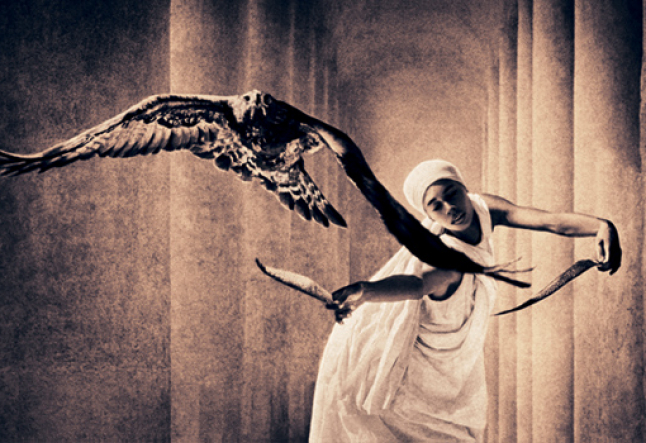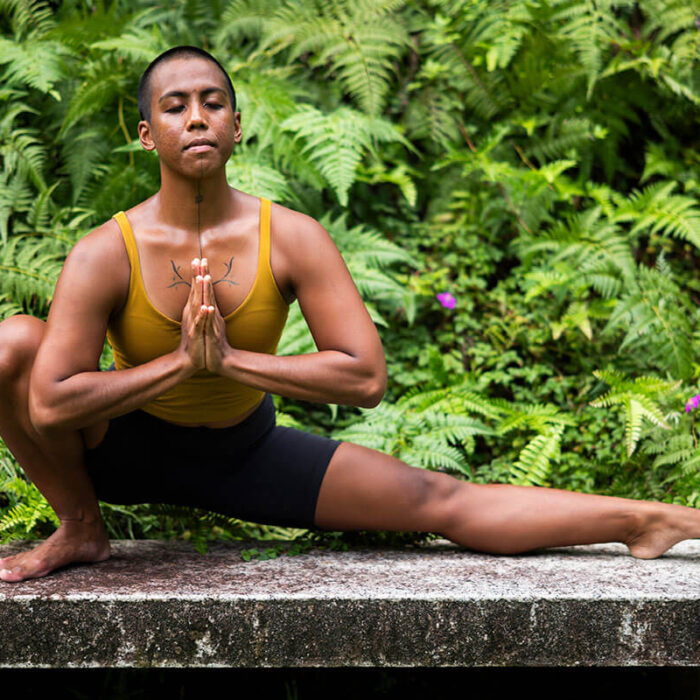Stephanie Cornfield, beyond the imaginary line
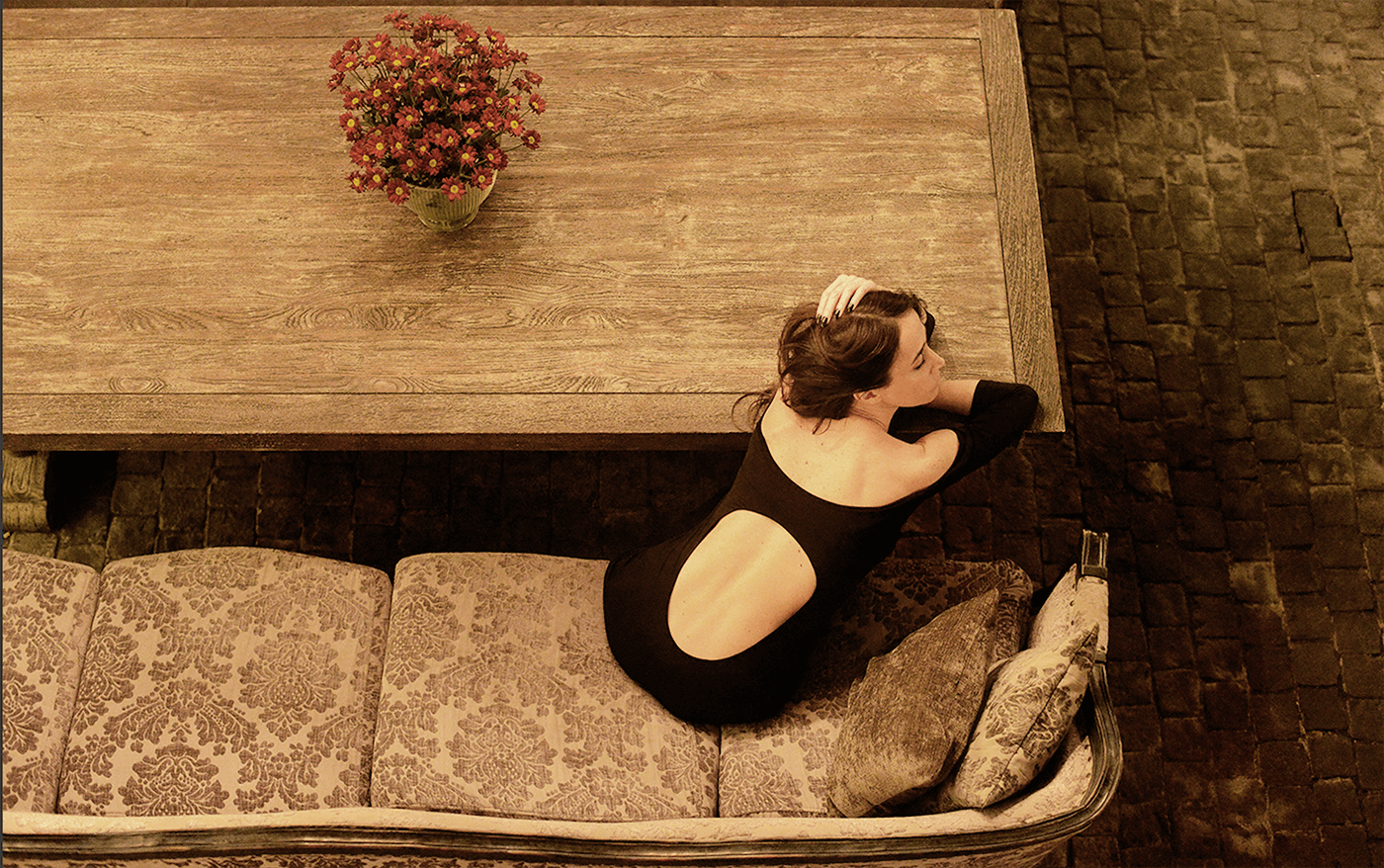
inner – viewing at an ace photographer
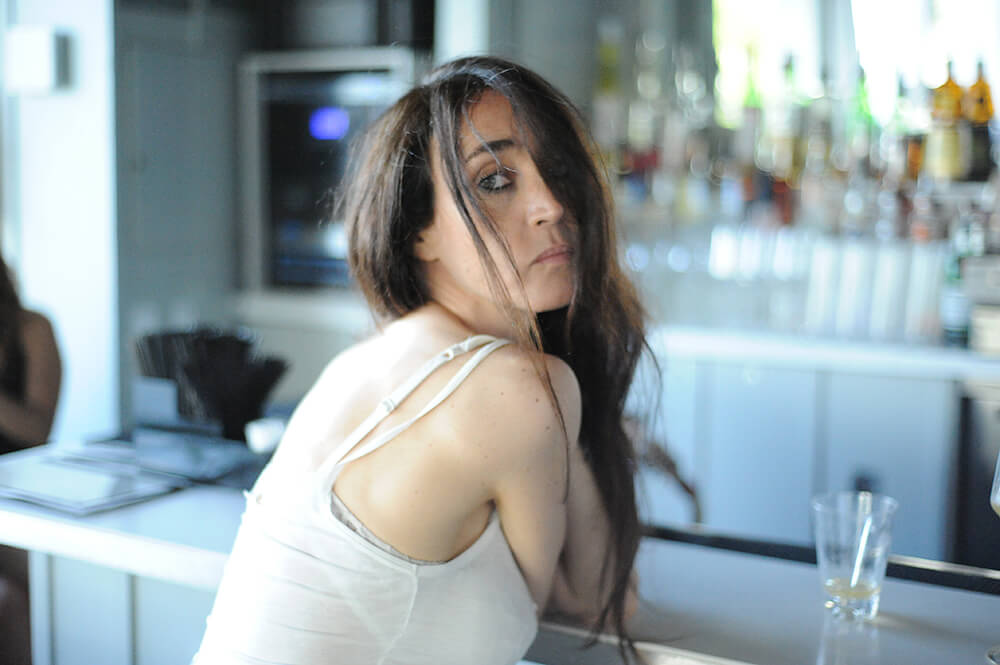
Stephanie Cornfield by Marco Pancrazi at the Sky Bar Mondrian Hotel in Los Angeles (2022)
A French-American photographer with Greek, Russian, and Romanian origin on her Dad’s side and French Italian on her mum’s side, Stephanie Cornfield shares her time between Asia, Europe, and the United States. Navigating between Paris, London, and New York, she took pictures of the underground nightlife for various magazines.
She then became a staff photographer for a famous rock magazine in Paris, and portraits became her signature as she encountered memorable characters like Iggy Pop, who greatly influenced her and her art. Stephanie caught the photographer’s virus! She is still touring the world, but her elective place, which she calls her home now, is India.
Stephanie became known as a photographer to the stars, but she is also a star photographer in her own right.
Stephanie is currently working with various international publications. She has a continuous collaboration with the Los Angeles Times but is continuing to build her repertoire, publishing her work also in Vogue, The Guardian, The Bund, El Pais, Le Soir, Der Tagesspiegel, Le Monde, and Elle, to name a few.
In Mumbai, she has collaborated with leaders of Indian Independent Cinema such as Anurag Kayshap and Ashim Ahluwalia and has taken portraits of Anushka Sharma, Ranbir Kapoor, Priyanka Chopra, Sunny Leone, Ranveer Singh, Raveena Tandon, and many others.
Intrigued by the woman, the photographer, the vagabond, we chatted with her over a chai tea to capture her thoughts.
YOGI TIMES: Stephanie, you come from a cinema background, can you tell us more about that?
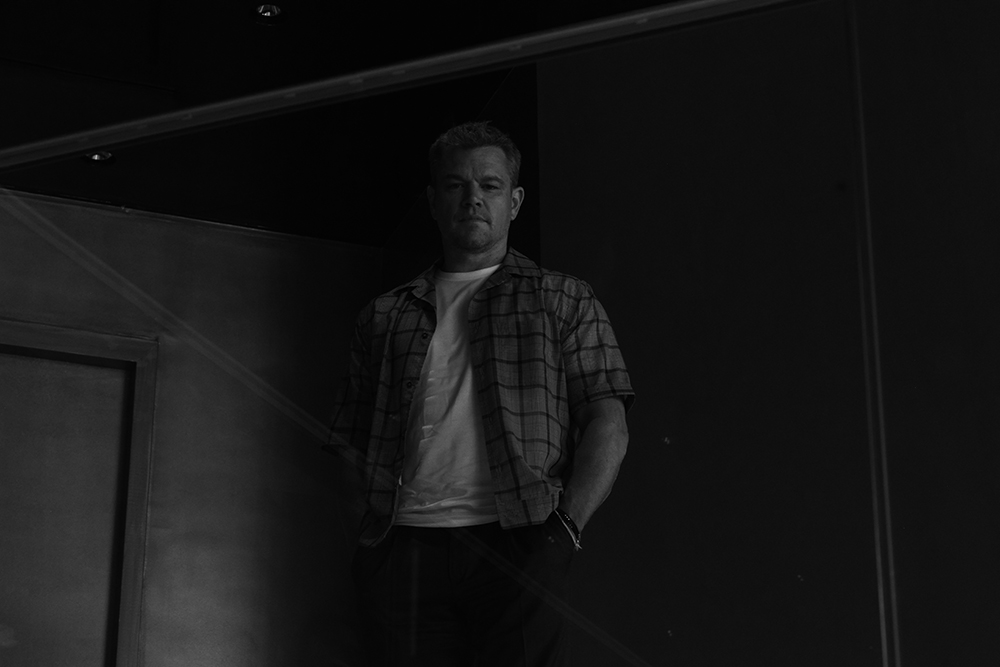
Matt Damon starring in “Stillwater” at the JW Marriott at Cannes International Film Festival 2021
Stephanie Cornfield: I guess I have Hollywood cinema in my DNA. My father, Hubert Cornfield, was known for his movies with Poitier and Brando, and my grandfather was president of 20th Century Fox in Europe and the Middle East.
Naturally, in cinema, I found my first love, one that resulted in photographing greats such as Jack Nicholson, David Lynch, Denis Villeneuve,Alejandro González Iñárritu, Kirk Douglas, Matt Damon, Sofia Coppola, Colin Firth, Kevin Bacon, Andy Lau, Nicolas Winding Refn, Oliver Stone, Shia LaBeouf, , Pablo Larrain, Noah Baumbach and so on.
YT: You grew up mainly in France and have traveled extensively for your work, but these days you are now based mainly in India. What drew you to India, and how long have you been living there?
Stephanie Cornfield: I really like challenges and being out of my comfort zone. I first came to India as a visitor twelve years ago and felt a strong sensorial attraction.
The special light, the ordinary sounds of Bombay that fuels its charm, an old autorickshaw passing by, the particular sound of the bus, the neighbourhood trinket-peddler, the bell of a milk vendor on his bycicle, the sound of mosques or temples, the sound of a wedding procession, close your eyes and feel the rich soundscape of the most vibrant city in India …Bombay, Bombay rocks !
In my trips doing documentary photography, hearing trance sounds, and being in the Kumbh Mela felt magical.
Developing a profound appreciation for Indian classical music, my journey led me to a transcendent experience at a music festival alongside tabla maestro Zakir Hussain.
I feel hypnotized by the energy and beauty of people, the way people look at you so intensely , you feel the life. There is a total craziness and I can relate to that, I feel Indian (smiling).
India is my home yet it’s tough, it’s draining at times. You have to think ahead twice in a place like this and you need to stay present to really achieve things.
That’s my weakness as I have a gypsy life, very Nomadic. I’m a vagabond. In fact I had some exhibitions named “Nomadic Mirrors” and “Vagabond Souls”.
Also read>>> Inspired Yoga Photographers
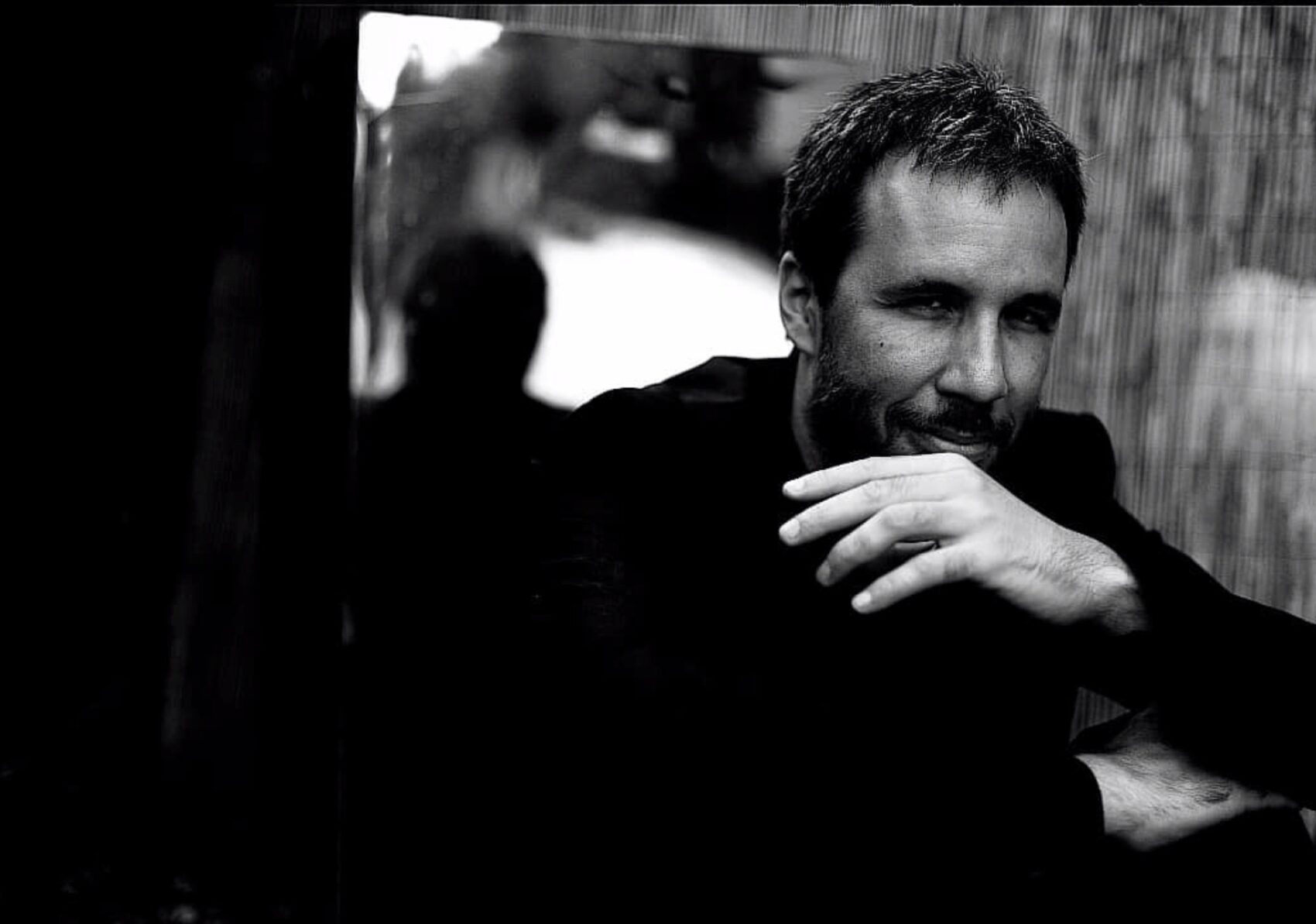
Denis Villeneuve – Venice 2021
YT: How do you maintain equilibrium when you are always on the road at film festivals or on shoots?
Stephanie Cornfield: Sports have always been an integral part of my life. It gave me a core; I stay strong no matter what. I started at a young age doing cross country competitions, and it gave me a tenacity, a combination of pleasure and pain that always serves in my life, breathing being the master key, as well as facing life, generally speaking. To control your body and your mind, to be in charge…
My big passion then was bodyboarding. Surfing the waves first in the Atlantic Ocean, I had my family house near Biarritz. I grew up fascinated by the waves, the bigger the better.
A healthy and wholesome cuisine even when I travel has also been my savior over the years to maintain a well-balanced life. Shoots are often long hours, heavy cameras, and junk food being served, so I take extra care to plan ahead and maintain a clean nutrition.
I enjoy the most being in connection with nature, either being on my board on the ocean or else skiing.
I have a particular love for the soothing silence in the mountain, so peaceful. I spent weeks alone reading in a chalet up in the mountain and skiing during the day.

Adèle Excharchopoulos – Cannes 2021
YT: You mentioned that eating healthy and wholesome cuisine is essential for living a balanced life. Can you tell us a little bit more about what your diet is like while you’re on the road?
Stephanie Cornfield: I carry nuts with me as a healthy snack, or I prep in advance some peeled apples or pineapple slices that I deep in masala salt. Sometimes Pomegranate with pepper.
I like to eat boiled eggs in a Turkish style with a bit of olive oil, fresh lemon juice, chili, paprika, salt, and pepper.
Otherwise, I prepare a smoothie with all the fruits I have and some fresh ginger. My usual menu is steamed vegetables cooked with chili and ginger, then I add fresh parsley and black olives. I don’t eat too much meat in India, though I grill fish once in a while.
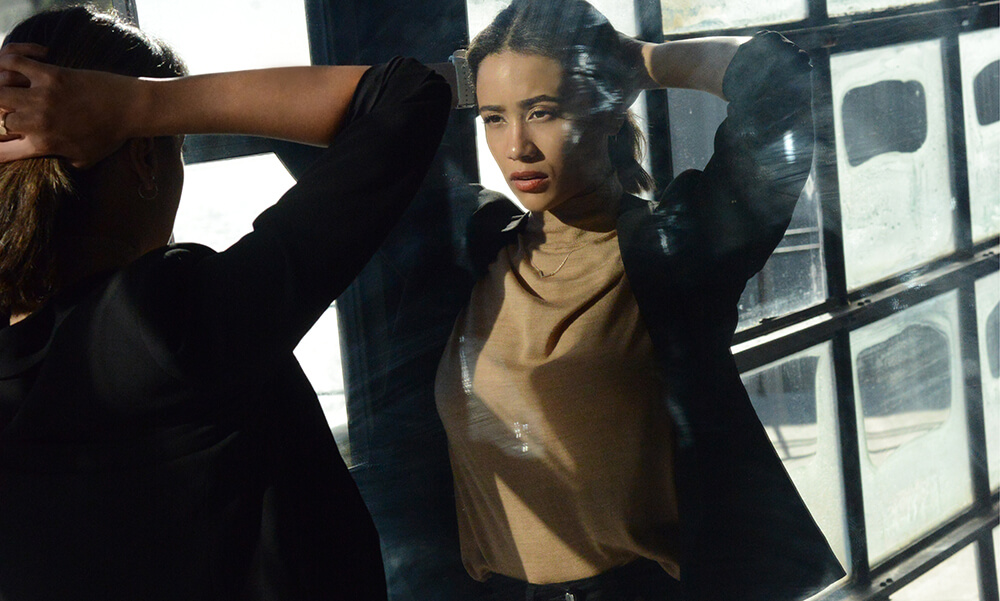
Bronté Van Den Heever – Cape Town 2023
YT: Bali is a regular destination for you. Do you go for work or pleasure?
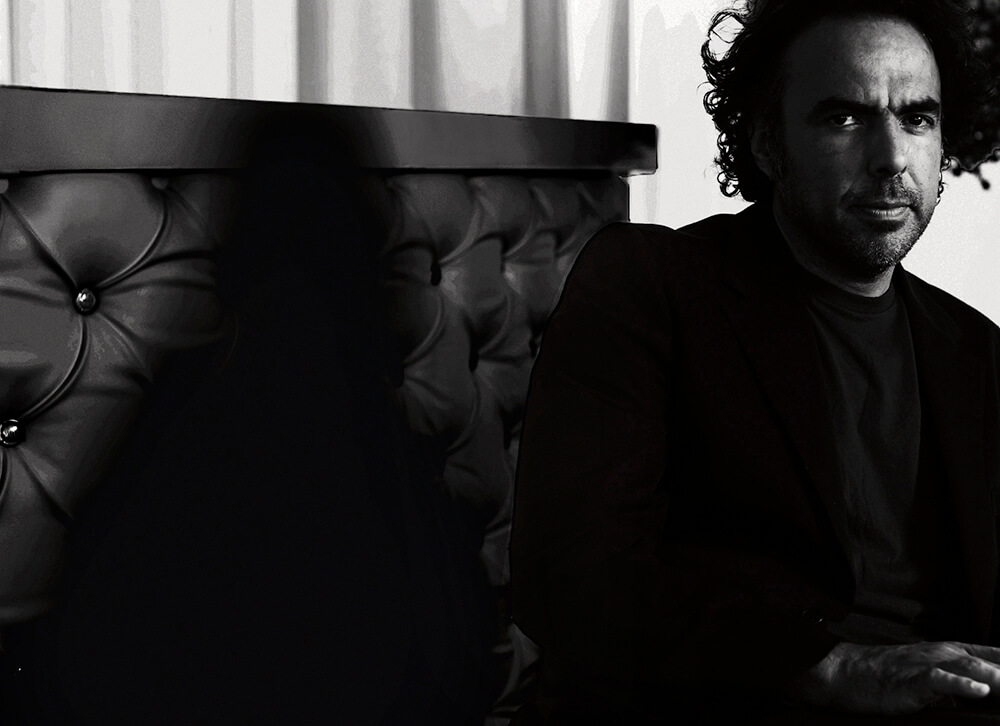
Alejandro González Iñárrituo – Cannes 2010
Stephanie Cornfield: I took my first surf trip to Bali in 1991. I was young and Bali was so different than any other place I had been. My favorite surfing spot was Bingin.
I remember dancing with Balinese girls at the special full moon celebration with the traditional musical instrument gamelan, there were only locals and surfers at that time. It was a photographer’s paradise with a crowd of artists and eccentric people from all over the world.
YT: How did you fall in love with photography, and when did you know that you wanted to be a photographer?
Stephanie Cornfield: Photography came by accident. I wanted to be a war reporter, I was studying political science. I had a boyfriend back then who was a war reporter for CBS News. Being with him I saw closely what it was in reality.
I thought then that I was not strong enough psychologically to do it. More and more I was attracted to art, and I was supposed to go to a film school in L.A., but some dramatic events in my life changed the course of this destiny. I was doing a bit of photography, attended a few classes at the Parsons School of Design, and I thought why not I can start tomorrow.
I was first a nightlife photographer covering Paris, London, and New York nightlife, more the underground scene for magazines. Then I became the staff photographer for a famous Rock magazine in Paris called Best.
That’s where I learned my craft as a portraitist. I was talking exclusively portraits of rock bands, rarely live shots. I liked to create my own atmosphere! It’s now more than 20 years that I work in the movies.
YT: You come from the “old school” of shooting on real film. What camera are you currently using?
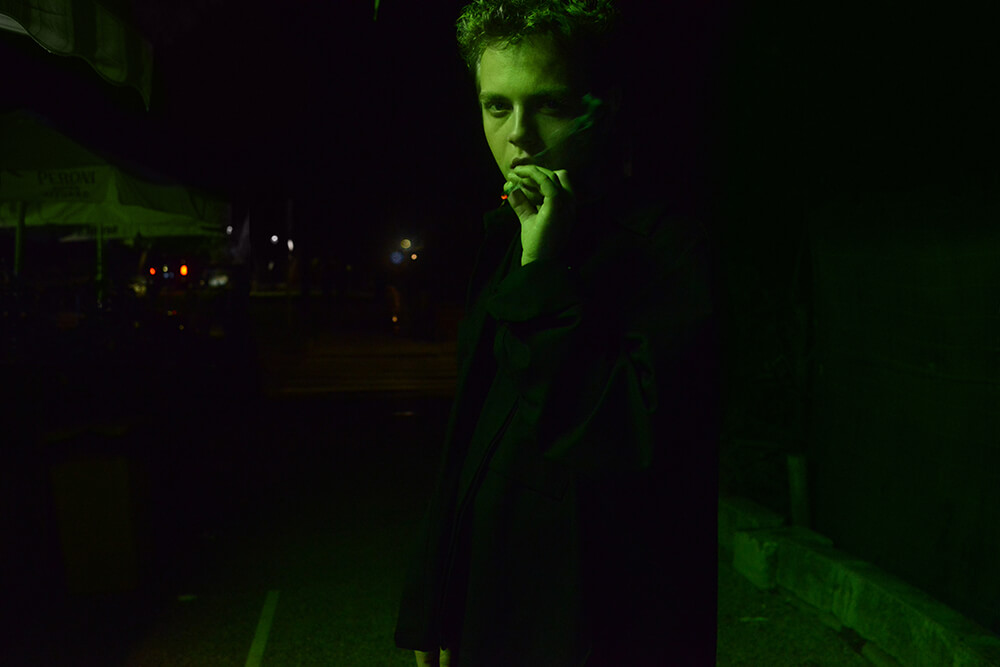
Doğa Karakaş – Venice 2023
Stephanie Cornfield: I started to work as a photographer shooting on real film. It was really exciting to be in the darkroom developing your own films and prints, experimenting. I had a particular love for infra-red film.
My father offered me my first camera. It was a Nikon called Nikkormat. Heavy camera, I loved the feeling of it, the sound of the click. Now I’m shooting with a digital camera, a Nikon, faithful to Nikon.
I’m shooting sometimes with a panoramic camera too, Noblex. I’m always thinking of different ways of lighting a shoot.
I like to mix lights, to have a combination of cold and warm lights. I enjoy the most shooting in low light, creating an atmospheric environment. From an early age, I felt challenged by color, motion, trends, and especially faces.
I see portraits as landscapes and treat them like paintings, and I like to work on the texture. People say of my pictures that they are very cinematic, dreamy and they capture the mystery of the moment.
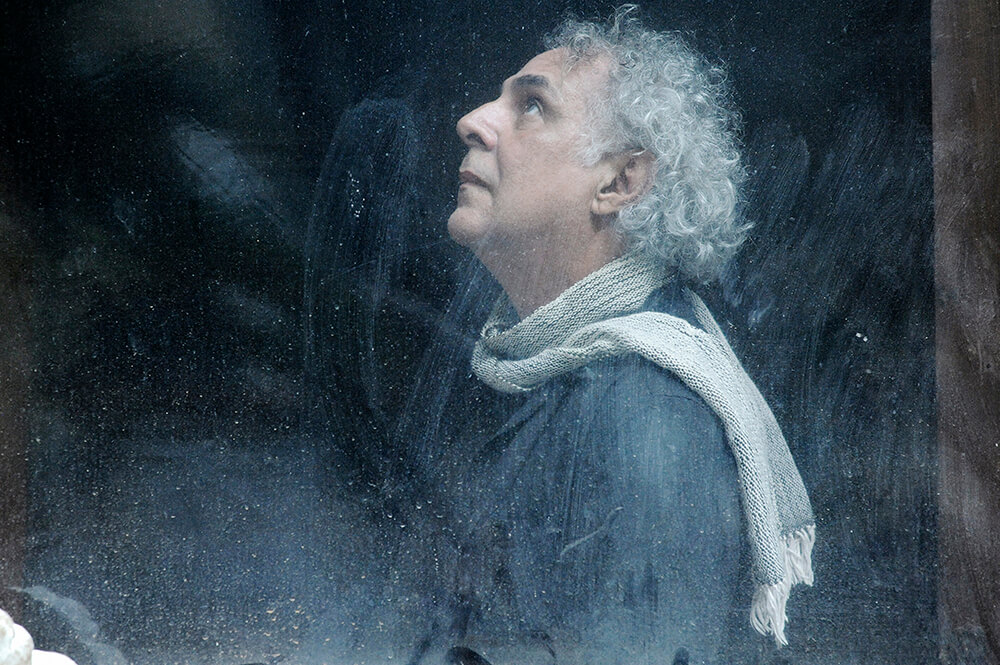
{Anselmo Vasconcellos – Rio 2014}
YT: What is it about the film that inspires you and your work?
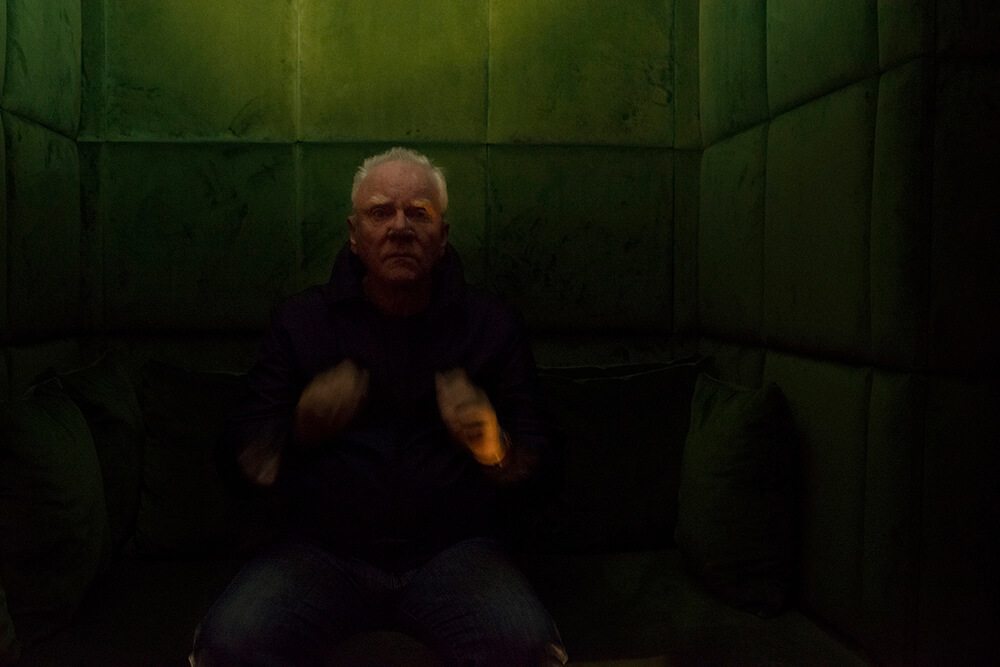
Malcolm Mac Dowell-Paris 2018
Stephanie Cornfield: Working in the movies, whenever I take a portrait I try to tell a story instinctively, to make the picture cinematic as well as when I’m doing documentary pictures. I like to depict reality while transforming it.
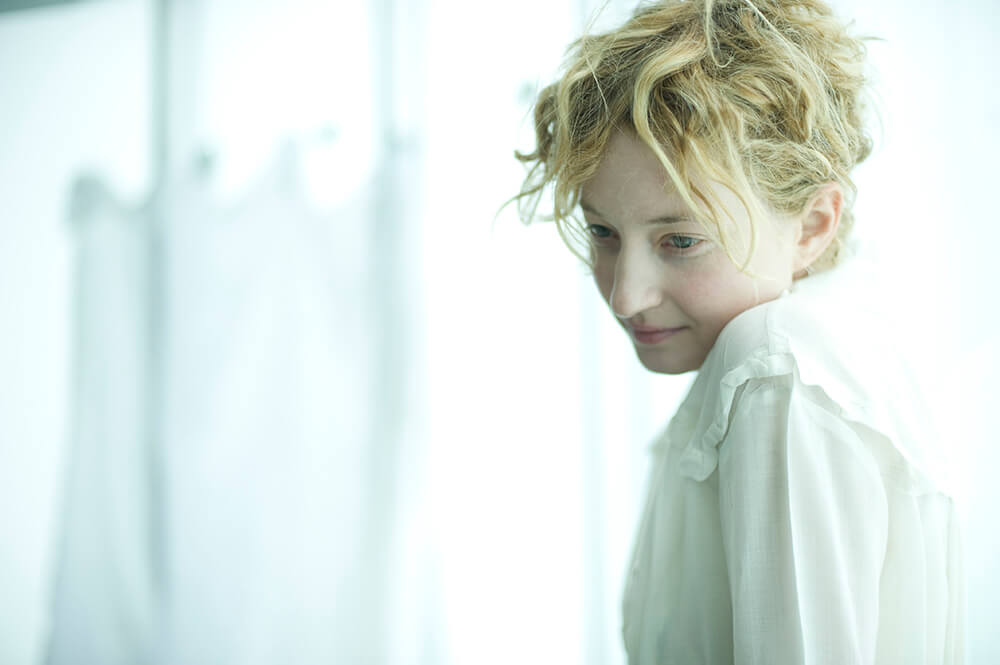
{Alba Rohrwacher – Toronto 2010}
YT: What are some of the challenges that you’ve faced while working to make a name for yourself as a photographer, and how did you overcome them?
Stephanie Cornfield: When you start, sometimes you face situations where you’re all alone with no assistant, and you have to be able to improvise, you have to be imaginative ! It’s tough mentally and physically. You prepare yourself like a soldier, especially being on a film set, but also working in a big film festival like Cannes.
You have to make journalists, publicists, and editors trust you and you have to overcome all sorts of obstacles. I can’t go into detail but it can be intense.
YT: Do you have any advice for our readers who are currently pursuing their dream job and, like you have done, manifest their passions into a career?
Stephanie Cornfield: My motto: don’t try, just do it! Be tenacious. You have to be a go-getter. Also, unless you’re a genius, you still have to expose yourself, sell yourself. You should be able to knock on doors, and give a lot of cold calls !
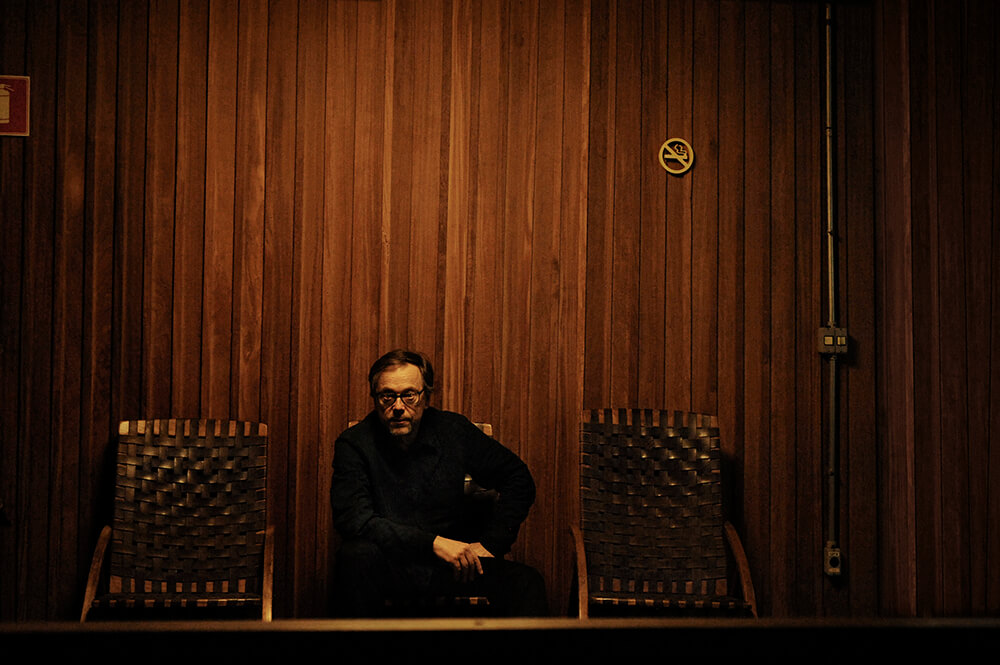
Fernando Meirelles – Sao Paulo 2014
Q: Stephanie, tell me about your inner eye: how do you conceive your composition and the arrangement of your photographs?
Stephanie Cornfield: My work is very organic; I rehearse for a portrait, but then I play around with it and work instinctively; it also depends on who I photograph. I capture the essence of the artist I photograph or the anonymous in my frame. Portraits of artists in entertainment or portraiture of selected faces embracing different cultures.
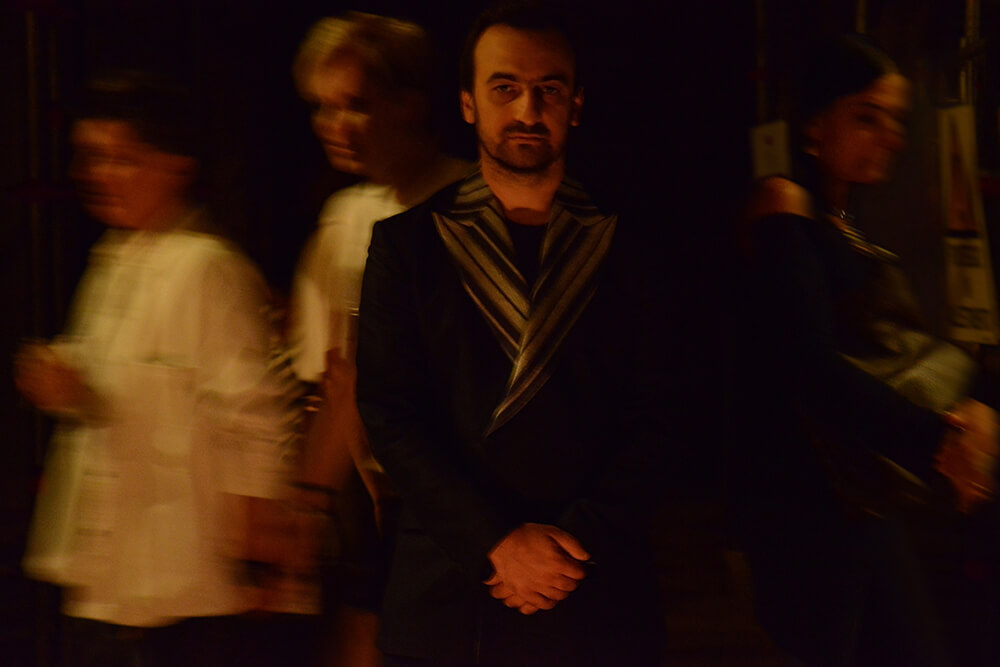
Selman Nacar – Venice 2023
Q: Stephanie, your photos carry a unique aesthetic and atmosphere. What parts of yourself manifest in your work?
Stephanie Cornfield: When I take a portrait, I usually see it as a landscape and think of colours as if they were a painting.
I love shooting at night as it is more mysterious; the characters appear vanishing like ghosts drifting away.
I love moody images; I wouldn’t say I like the obvious as a personal taste; it’s simply not attractive.
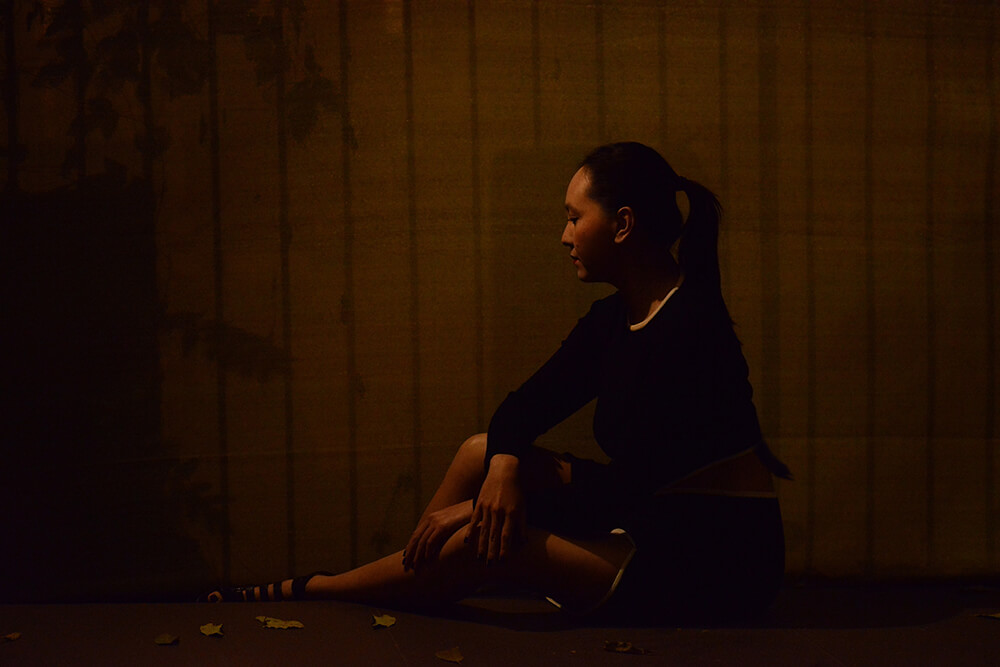
Amanda Nell – Los Angeles 2023
Q: What philosophy do you follow in your private and professional life?
Stephanie Cornfield: My philosophy is to constantly experiment, stay marvelled, foolish, open to the new world, and eager to learn. I like to get out of my comfort zone and explore. That’s why I chose to live in India, as it is the most vibrant place on the planet; it always has a high-energy feel. Anything can happen. You have to be on your toes, so to speak. It’s Adventurous. Feel hypnotised by India’s beauty.
Q: Photography can preserve the ephemeral. Do you believe in life after death?
Stephanie Cornfield: My Photography captures eternity and freezes the moment; it’s a dream feeling as we all dream someday to stop and feel time.
I believe in Karma.
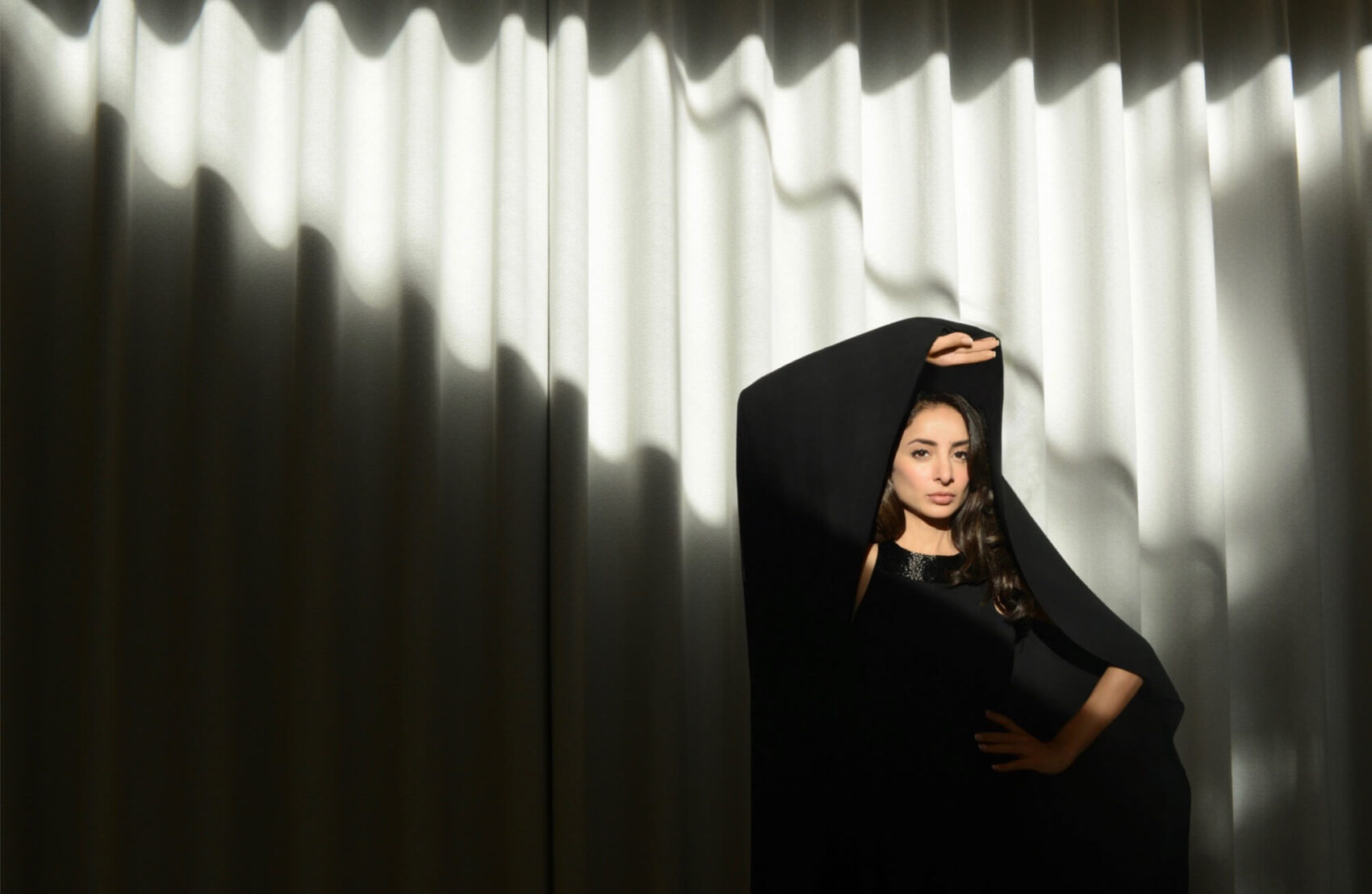
Sarwat Gilani – Cannes 2022
Q: Do you see a responsibility towards truth or aesthetics in your work as a photographer? How do the two concepts differ for you?
Stephanie Cornfield: I like the raw feel of an image and not the staged feel, the truth of an image. An excellent aesthetic could be about a movement, a feel, or a good composition, combined with my favourite black and white image of Raghu Rai called Diving into Ugrasen Baoli, Delhi, 1971.
The harmony of colours is also important; I think of painting instinctively photographing. I had a chance to see Raghu working at dawn. I was also photographing the Maha Kumbh in Allahabad, and we bumped into each other. I saw his incredible energy ..Inspiring. Rembrandt, Bacon, Caravaggio. The aesthetic of the obscure, the mystic, is an unavoidable attraction.
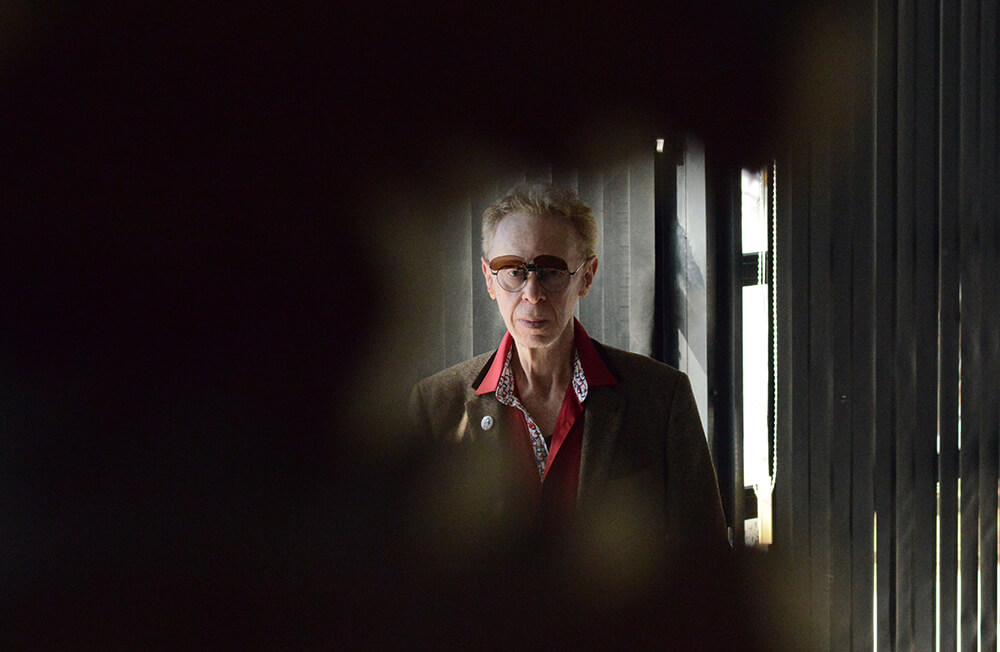
Michael Raeburn for Known Associates Entertainment’s – Capetown 2023
Q: What about the film inspires you and your work?
Stephanie Cornfield: When you’re influenced by film, it helps you see life from a different perspective; you have more distance as you perceive reality with cinematic, maybe dreamy, eyes.
Some filmmakers inspire me a lot: Mikhail Kalatozov for Soy Cuba, Wong Kar Wai, Barbara Loden for Wanda, Monte Hellman for Two Lane Black Top, Orson Welles for Citizen Kane, Jean Renoir for La Chienne, Marcel Carne for Les Enfants du Paradis, Scorsese Taxi Driver Raging Bull, Spike Lee Do the right thing, Pedro Almodovar for Matador, Kubrick, Aki Kaurismaki, Fellini for 8½, La Dolce Vita, Visconti for Death in Venice, Kim Ki Duck for 3-Iron, Jean Luc Godard for the Contempt, Tony Gatlif for Latcho Drom, my Dad inspired me also as he was a great director and transported you in another dimension.
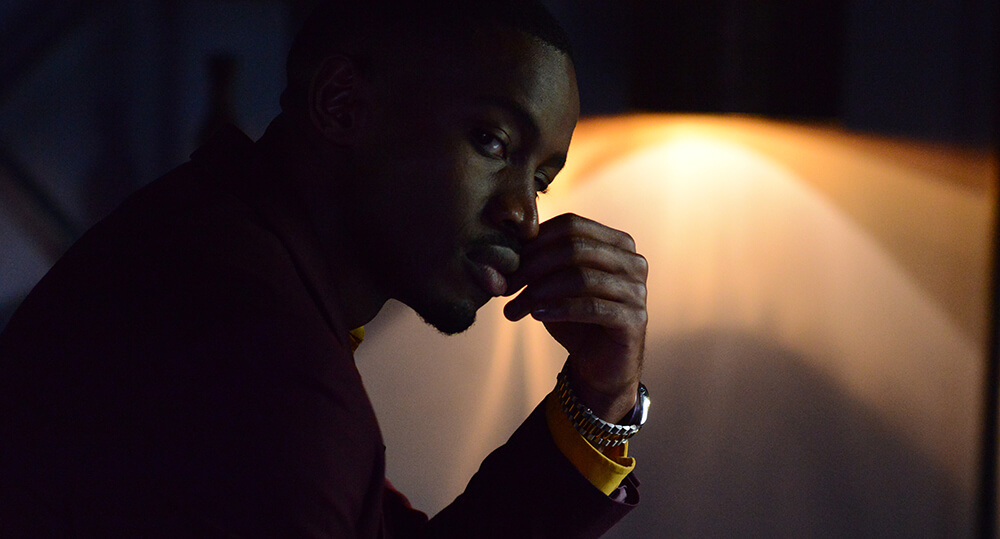
Lunga Shabalala for Known Associates Entertainment’s – Johannesburg 2023
Q: What have you been up to, and what are your plans? What is your next project?
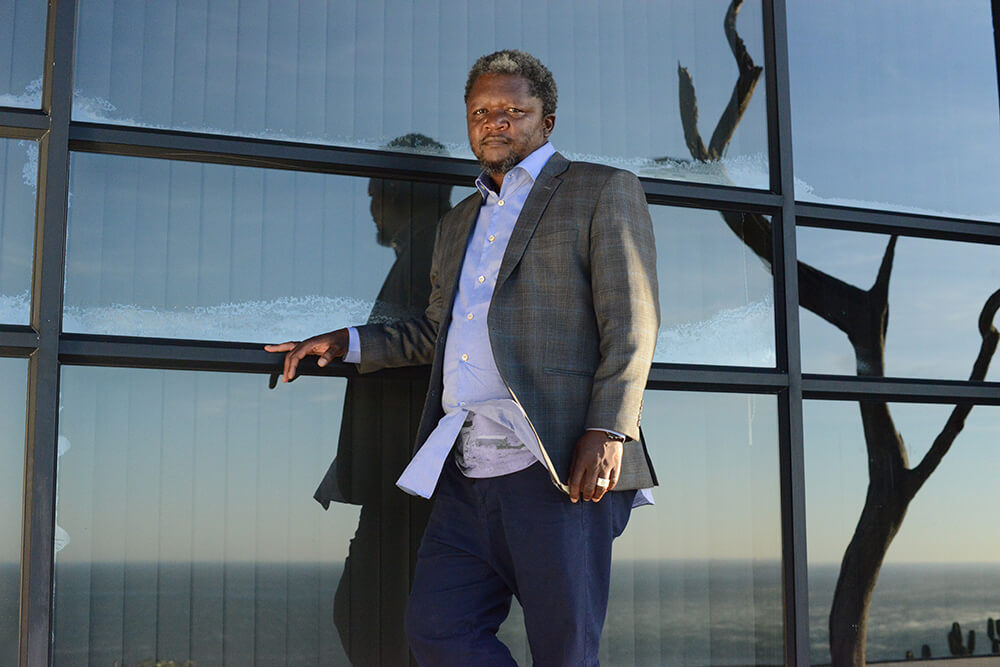
Joel Phiri – Chairman of Known Associates Entertainment – Capetown 2023
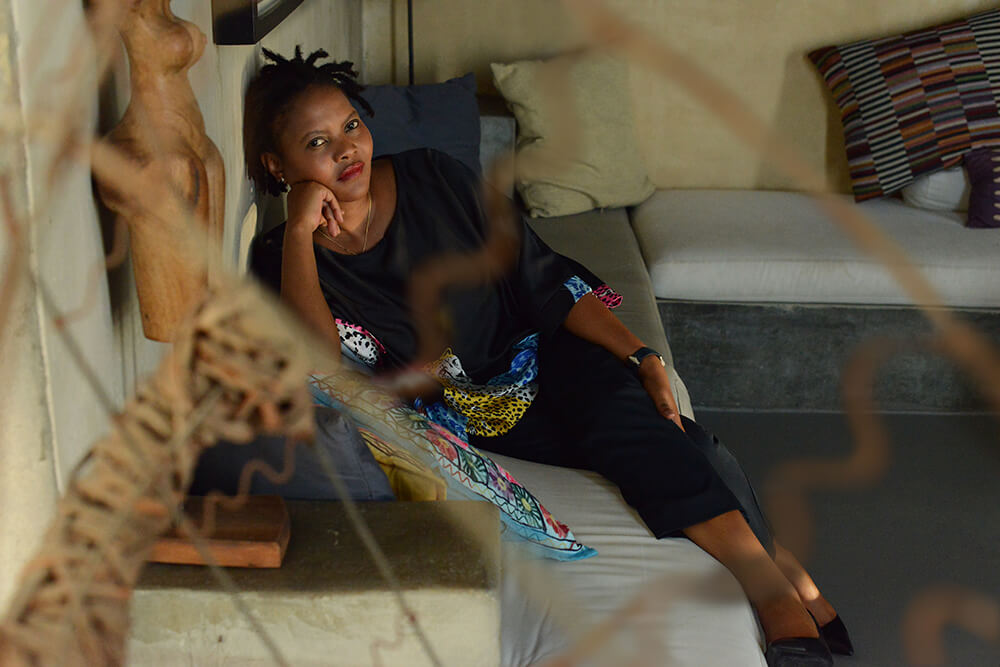
Tshepiso Chikapa Phiri – CEO & Founder of Known Associates Entertainment – Capetown 2023
Stephanie Cornfield: Last year, I embarked on an exhilarating journey through South Africa, where I immersed myself in captivating projects alongside Known Associates Entertainment.
Exploring the vibrant landscapes of Johannesburg and the scenic allure of Cape Town fueled my creative spirit, laying the groundwork for some exciting upcoming collaborations.
Venturing into the art world, my solo exhibition, “Beyond The Imaginary Line,” graced the walls of Berlin’s Z 22 gallery, offering viewers a glimpse into the diverse tapestry of Indian life, even amid the challenges of the pandemic.
As I gear up to cover the Cannes Film Festival for Vanidades, (known as the Vanity Fair for Hispanics in North America and Latin America), it seems that my professional journey spans again on both sides of the Atlantic.
My only plan is that I don’t have plan.
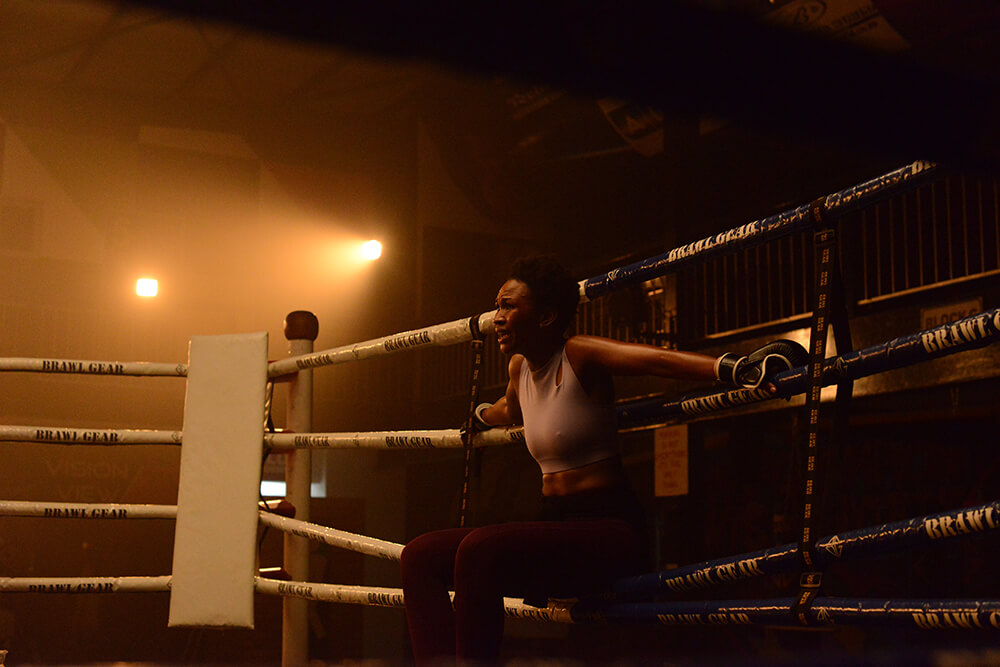
Noxolo Dlamini on the set of Death of a Whistleblower for Known Associates Entertainment’s – Johannesburg 2023
Stephanie can be reached on IG here.
Read next >>> Interview with DERMA E’s dr. Linda Miles?
